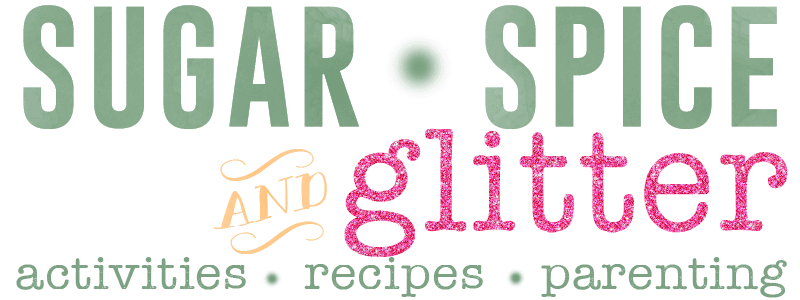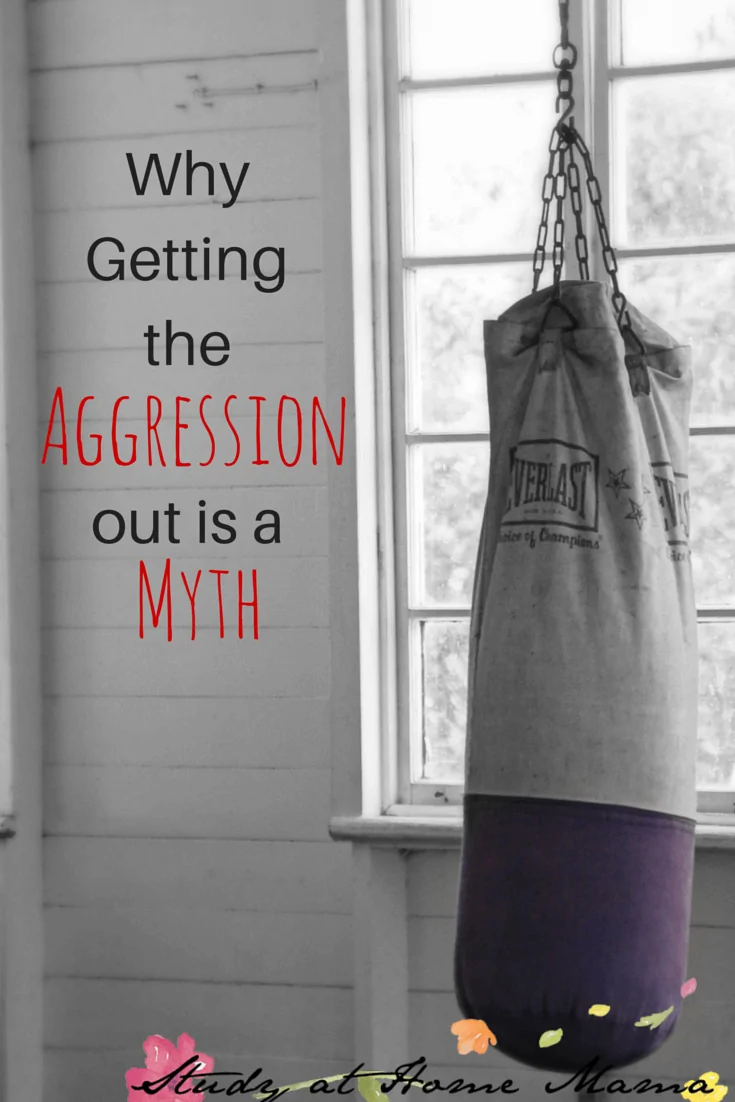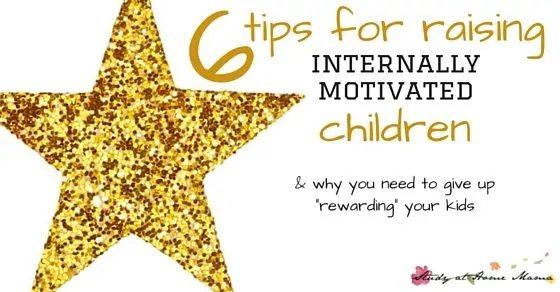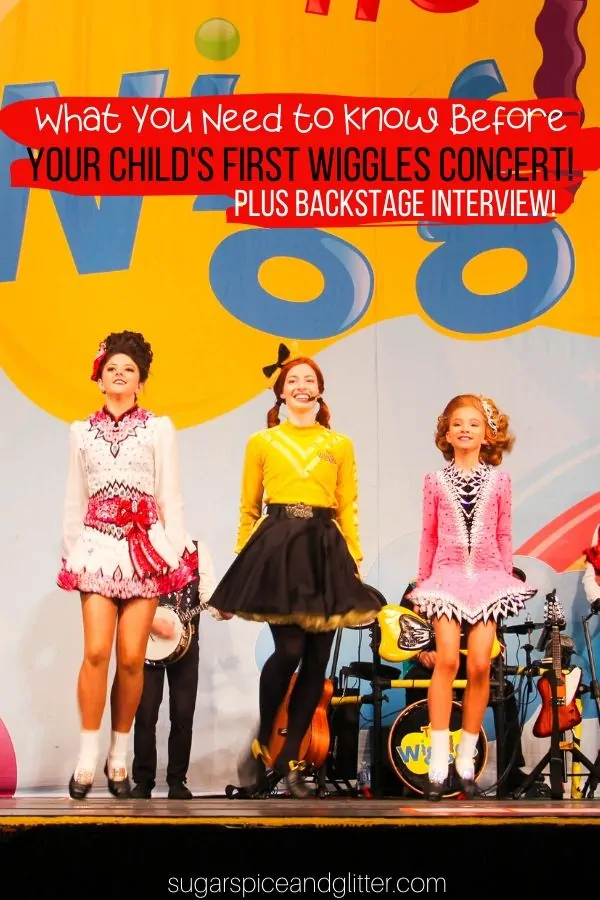Why “Getting the Aggression Out” Is a Myth
Aggression breeds aggression. It is undeniable, and yet, many parent still turn to it in a variety of scenarios: letting their children beat up a pillow to “get the aggression out;” trying to spank the angry out of their child; signing children up for combat sports; and so on.
When I was a child it was a popular idea to buy inflatable punching buddies for aggressive or angry moments, but we know now that physical “releases” like punching an object doesn’t actually release the angry feelings, it creates an adrenaline rush that encourages more “angry” actions, further exciting a child rather than calming him.
Anger often comes from frustration, and while we as adults might have good methods to deal with our own anger, children often seek a physical outlet for their anger to remove the overwhelming tension that they are experiencing. They hit themselves, they hit others, they break their toys, and it can all be very concerning for parents who aren’t really sure what to do.
It’s an understandable and natural response to want to just give your child something to hit, so long as they stop hitting themselves, or you. And while that may work in the moment, it still allows “hitting the anger out” to feel good, and it makes hitting the solution for tense moments.
What Does Work to Remove Aggression in Children?
Taking the time when your child is not upset to teach them ways to calm themselves, and then revisiting those emotional coping techniques in the overwhelming moments, and having a safe spot for your child to sit and process their emotions. I’m also a big fan of Kimochi stuffed animals, and still make variations of our original emotions sensory bins.
Also, it cannot be overstated how important movement and gross motor development is for all children. Going for a run, walking up and down stairs, building or shoveling, or kicking around a ball, all not only contribute to gross motor development, which satisfies a core need in children, but helps regulate hormones and helps them physically unwind. It is shocking how many children do not get enough gross motor stimulation, or outdoor time, every day — it can be incredibly easy to overlook.
For older children, some parents have found that boxing or karate classes can be helpful, but that is likely more due to the discipline that comes from that extra-curricular than the release. In fact, with karate, I spoke with one teacher who insisted that children can only kick into the air until they are well-disciplined, never kicking a pad or a mat.
And surprisingly, all three of the instructors that I spoke with said that almost all children regress in their discipline when they start hitting a bag or mat, rather than kicking into the air. Their technique, their breathing, and their self-control all regress as they change their focus from their craft to merely hitting.
Children became less in control of themselves when they started hitting punching bags.
This is so revealing to me, that even in a controlled setting, getting the aggression out by physically hitting something — a drum, a pillow, a “punching buddy” — does nothing to aid in long-term emotional regulation, but actually can make the situation worse.
I’d love to hear from you! What emotional coping techniques or strategies do you have for those tense, angry moments? What has worked for your children?
For more tips on developing emotional regulation in your kids, check out our posts on emotional coping techniques for toddlers or raising kids to be internally motivated.




Amazing info!!!
Thank you! Exterior Cleaning Company